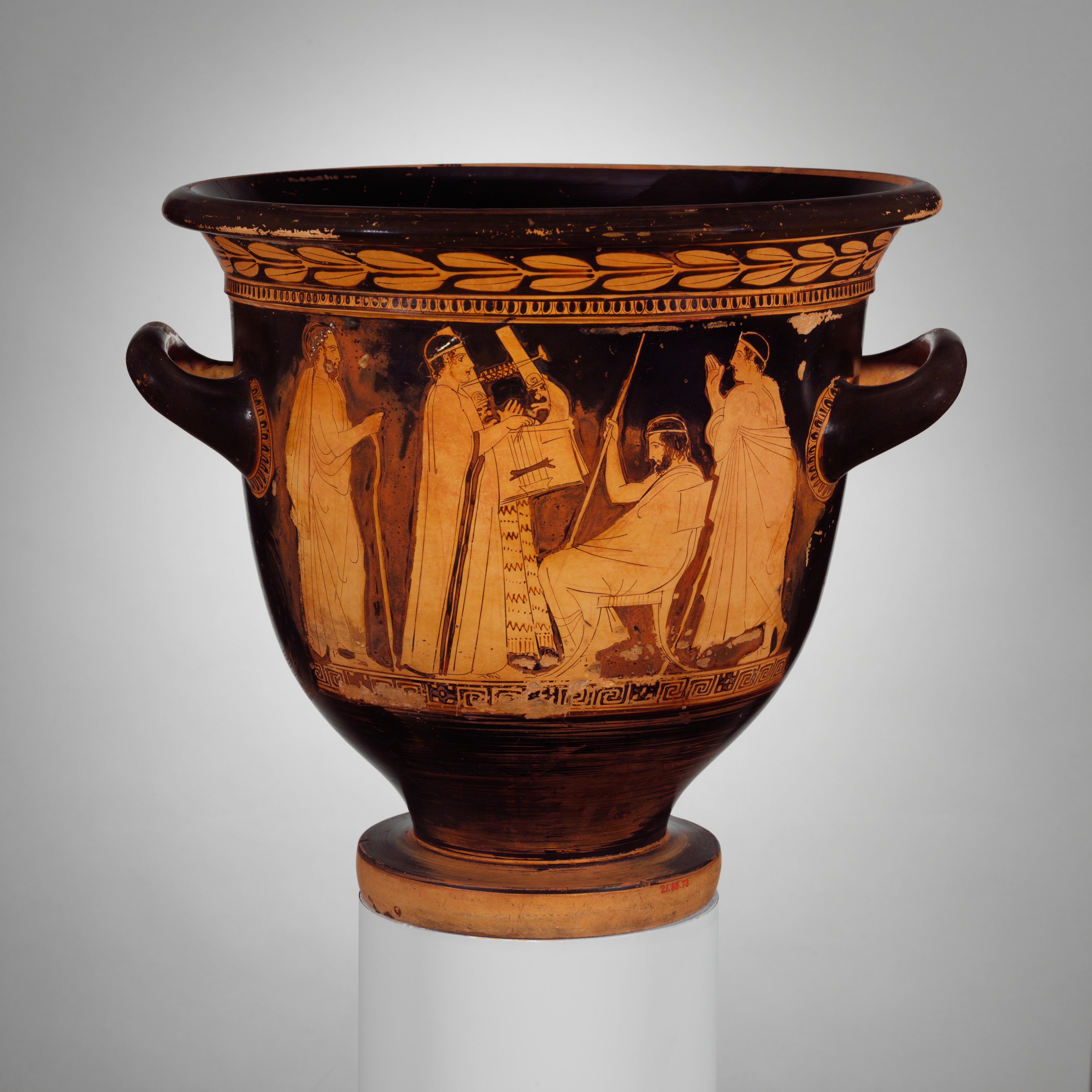"Breaking Hermann's Bridge From Homer to Nonnus: Towards a Stylometry of Caesurae" Classical Quarterly (2025)
This article argues that a new stylometry of Hermann’s Bridge identifies unexpected metrical trends in authors, eras and speakers. Using computational and statistical means, it provides the first comprehensive survey of breaks and quasi-breaks of Hermann’s Bridge and analyses them according to corpus, formulaic constructions and the narratology of character speech. This approach both complements previous studies of the Bridge and enables future research into its potential literary effects.
